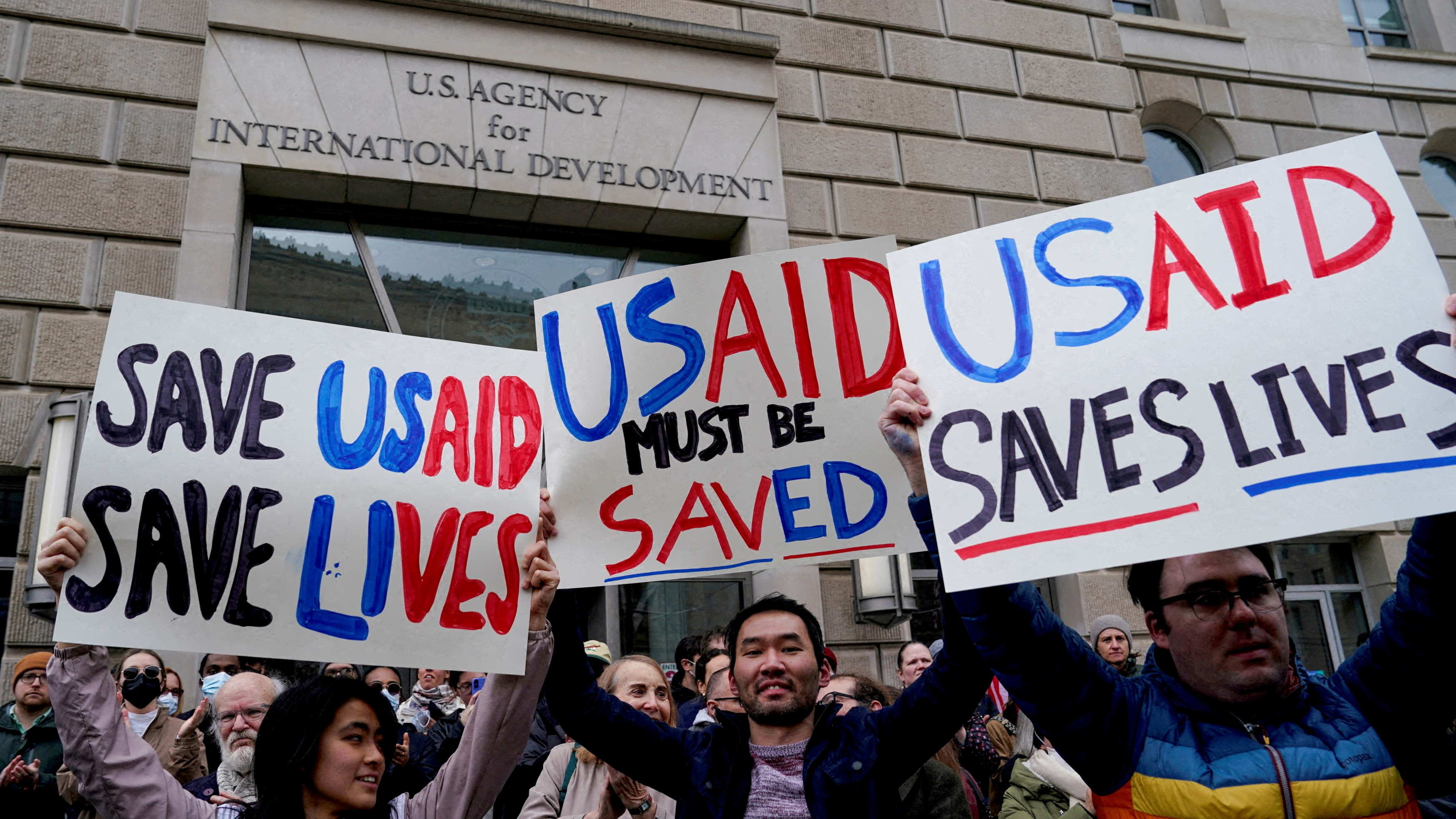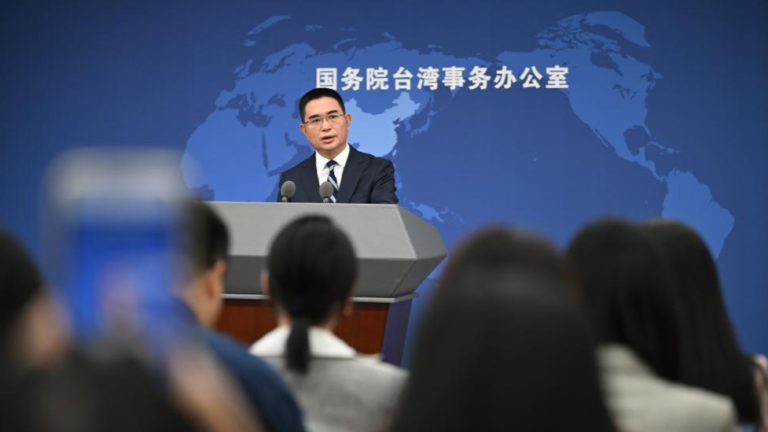
The Pentagon is reportedly considering canceling a planned upgrade for U.S. Forces Japan, a move that could have significant implications for the strategic military presence in the Indo-Pacific region. The upgrade, which was intended to bolster defense capabilities in response to growing security challenges, is under scrutiny due to budget constraints and shifting priorities.
Officials familiar with the discussions have indicated that the decision is not yet final, but the possibility has raised concerns among allies in the region. Japan, a key U.S. ally, has been increasing its own defense spending amid rising tensions with China and North Korea. The cancellation of the upgrade could signal a shift in the U.S. commitment to maintaining a robust presence in the region.
Critics argue that scaling back investments in the Indo-Pacific could weaken deterrence efforts and embolden adversaries. Proponents of the potential cancellation, however, stress the need to allocate resources more efficiently and address other pressing defense priorities.
The Pentagon has yet to issue an official statement on the matter. Analysts suggest that the decision, if finalized, could have broader geopolitical ramifications, impacting not only U.S.-Japan relations but also the balance of power in the Indo-Pacific.
The U.S. Department of Defense is considering halting a planned expansion of U.S. Forces Japan (USFJ), multiple U.S. media outlets have reported.
According to draft documents seen by NBC and CNN, such a move could save about $1.1 billion in costs related to personnel and command and control upgrades.
The move would be part of a larger plan to make significant cuts to the Pentagon budget, including by consolidating combatant commands and relinquishing U.S. leadership of NATO military operations.
If implemented, the cancellation of the USFJ expansion would amount to a major reversal of alliance integration. As recently as Feb. 7, U.S. President Donald Trump and Japanese Prime Minister Shigeru Ishiba spoke of upgrading the respective command and control frameworks of U.S. and Japanese forces in a joint statement.
Congressional leaders swiftly expressed reservations about the proposal on Wednesday.
Sen. Roger Wicker, chairman of the Senate Armed Services Committee, and Rep. Mike Rogers, chairman of the House Armed Services Committee, issued a joint statement stating they are “very concerned” that the Pentagon is “considering unilateral changes on major strategic issues, including significant reductions to U.S. forces stationed abroad, absent coordination with the White House and Congress.”
Significant changes to America’s warfighting structure made without a rigorous interagency process “risk undermining American deterrence around the globe and detracting from our negotiating positions with America’s adversaries,” they said.
USFJ oversees the roughly 53,000 active-duty servicemembers and 15 major bases in Japan but does not have operational command. “With a staff of about 140 people, USFJ is less than half the size of the U.S. Embassy in Tokyo,” a report by the Sasakawa Peace Foundation USA says.
In July 2024, in light of China’s rising military capability, U.S. Defense Secretary Lloyd Austin announced a plan to upgrade USFJ into a new U.S. joint force headquarters to assume “primary responsibility for coordinating security activities in and around Japan.”
He called it “the most significant change to U.S. Forces Japan since its creation, and one of the strongest improvements in our military ties with Japan in 70 years.”
On the Japanese side, the Self-Defense Forces are in the process of establishing a Joint Operations Command known as the JJOC to oversee air, maritime and ground operations. The new U.S. joint force headquarters would have served as a counterpart to the JJOC.
James Schoff, senior director of Sasakawa’s U.S.-Japan NEXT Alliance Initiative, told Nikkei Asia that the proposed savings of $1.1 billion was more than double the cost his organization had envisioned when simulating the establishment of a joint command.
“USFJ could be collateral damage,” he said, suggesting that an inflated figure may be used to show the Elon Musk-led Department of Government Efficiency (DOGE) that the Pentagon has made significant cuts, while shielding other existing programs from the ax.
The reports come as Secretary of Defense Pete Hegseth plans to embark on his first trip to Japan at the end of this month. Schoff said that even if the upgrade were to survive, the debate all but ensures that the new joint force headquarters will not be led by a four-star general or admiral, which typically requires a much larger staff than a three-star. The Japanese side had expressed hope for a four-star leader.
Costs for maintaining a four-star general are significantly higher than a three-star, due to the larger staff, bigger travel delegation, security details and aides, according to the Congressional Research Service.





